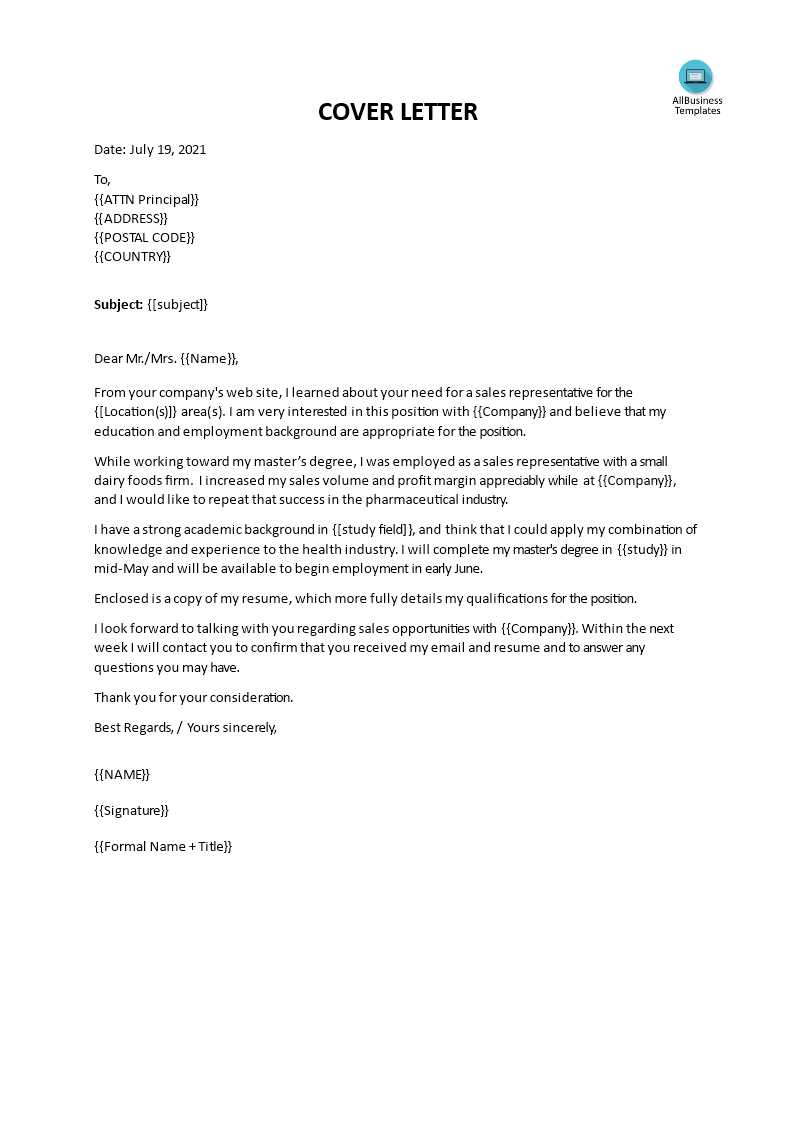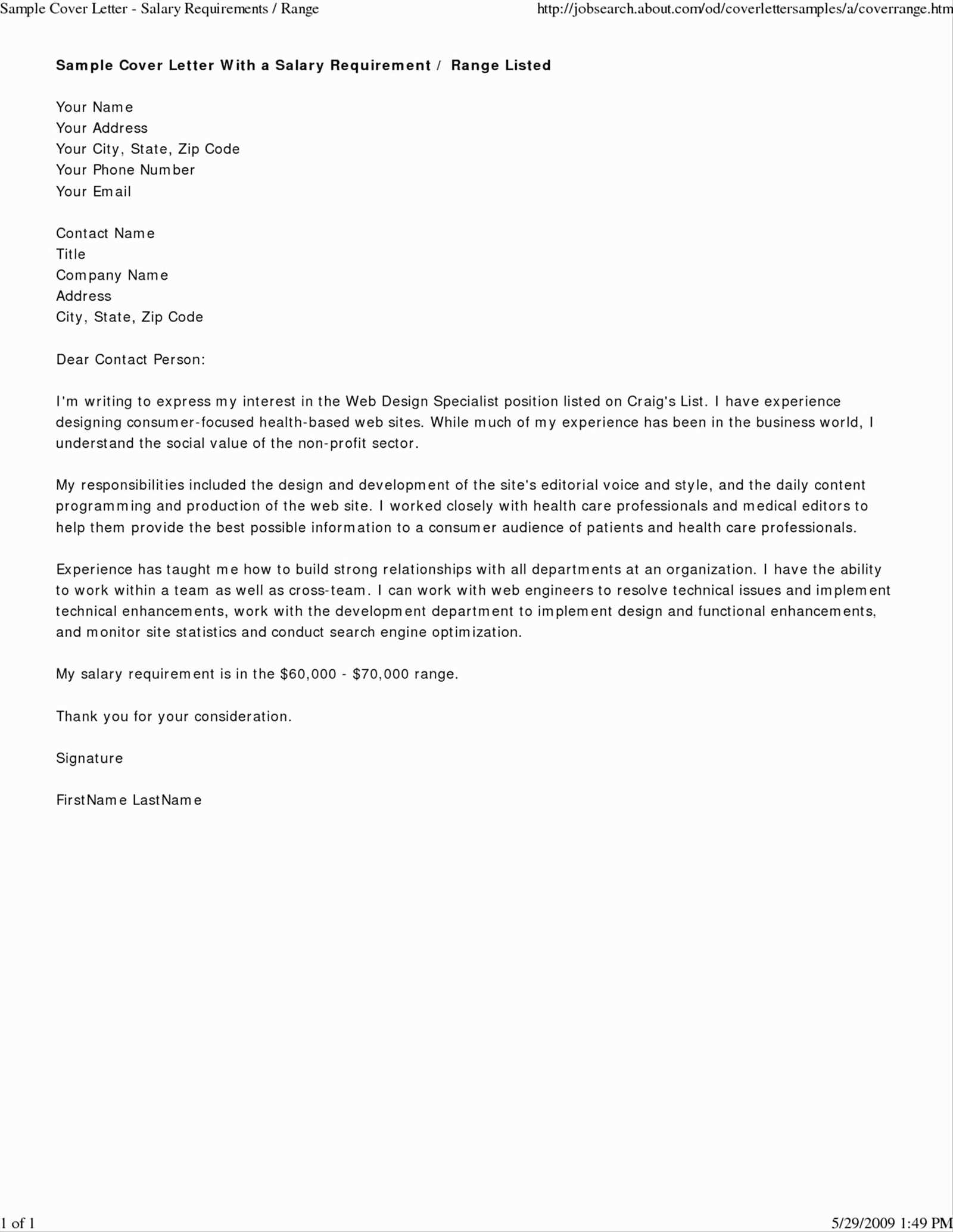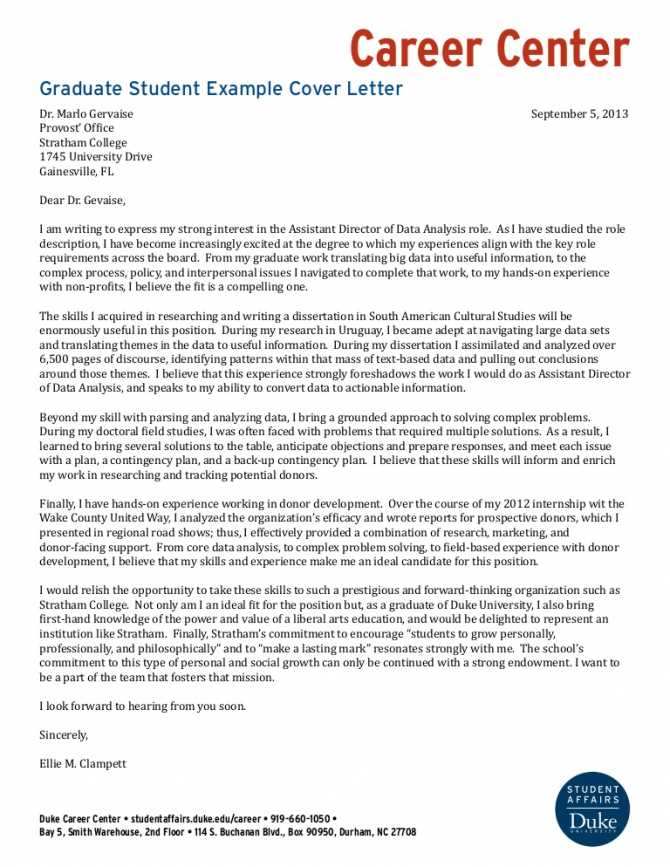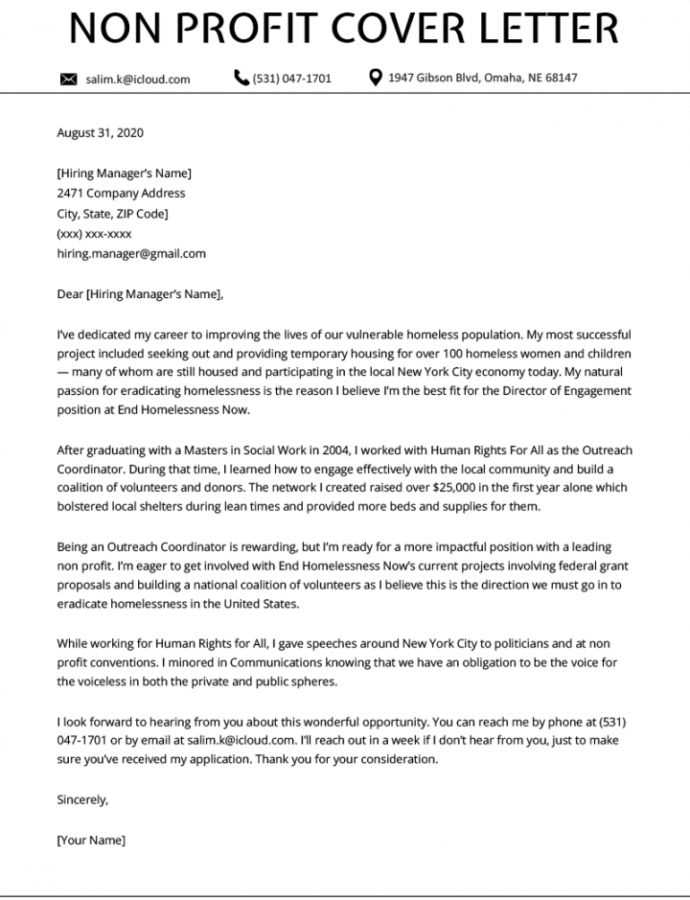Cover letter template non profit

Start by addressing the recipient directly, using their full name and title when possible. This shows that you’ve taken the time to personalize your application, which makes a strong first impression. Mention the role you’re applying for early on and explain briefly why you’re drawn to the position. Highlight how your experience aligns with the values and mission of the non-profit. This establishes a connection right away.
Next, focus on specific skills or experiences that directly relate to the position. Be concise and avoid general statements. Instead of saying “I’m passionate about helping others,” give examples of how you’ve made a direct impact in previous roles. Show measurable results when possible, like increasing fundraising efforts, building partnerships, or developing programs.
Finally, express your enthusiasm for contributing to the organization’s mission and how you see yourself fitting in. Keep the tone warm and professional, ensuring that the closing paragraph leaves a lasting impression. Acknowledge the possibility of a follow-up and thank the reader for considering your application.
Cover Letter Template for Non-Profit Organizations
Begin your cover letter with a clear introduction that states your interest in the specific position. Be direct about why you are applying and mention the organization’s mission that resonates with you. Demonstrating your alignment with their values sets the tone.
Personalization
Tailor the letter to the organization. Mention the organization’s name and refer to specific projects or initiatives that sparked your interest. Show you’ve done your research and are genuinely excited to contribute to their cause.
Highlight Your Skills and Experience

Clearly outline your relevant skills and past experience, focusing on how they align with the job requirements. Include concrete examples of how your work has contributed to similar causes or organizations. Connect your experience to their mission, making it easy for them to see your potential impact.
| Section | Details |
|---|---|
| Introduction | Express enthusiasm and align with the organization’s mission. |
| Personalization | Reference specific projects or initiatives that appeal to you. |
| Experience & Skills | Relate your experience to the role, providing examples of impact. |
| Closing | Reaffirm your interest and include a call to action for the next step. |
Conclude by restating your enthusiasm for the opportunity and requesting a follow-up discussion. Mention your resume and availability for an interview, reinforcing your eagerness to contribute to their mission.
How to Tailor Your Letter to a Non-Profit
Address the mission and values of the organization directly. Research their goals and explain how your skills align with them. Use specific examples of how you’ve contributed to similar causes or projects. This shows that you’ve done your homework and understand their needs.
Keep your tone aligned with the organization’s culture. If they focus on community involvement or advocacy, show your passion for these areas. Use language that resonates with their objectives, whether it’s social change, education, or environmental preservation.
Be clear about why you are a good fit. Highlight your relevant experience, skills, and motivations without over-explaining. Focus on the impact you can make within the context of their specific initiatives, rather than generic qualifications.
Make your letter personal. Reference something you admire about their work, and express genuine enthusiasm for the possibility of contributing to their cause. Showing authenticity goes a long way in non-profit sectors where mission alignment is key.
Conclude with a direct call to action, inviting them to discuss how you can support their goals. Keep the closing brief, professional, and confident, ensuring that it feels like a natural next step in the conversation.
Key Elements to Include in Your Cover Letter
Focus on the specific skills and experiences that align with the mission and goals of the non-profit. Use concise, clear language that directly connects your background to the organization’s needs.
- Personalized Greeting: Address the cover letter to a specific person, if possible. This shows you’ve researched the organization and are genuinely interested.
- Introduction of Yourself: Briefly mention your current role and why you’re interested in the non-profit. Keep it direct and focused on how your values align with theirs.
- Relevant Skills and Experience: Highlight experiences and skills that are directly relevant to the position. Focus on outcomes and how you’ve contributed to similar causes in the past.
- Understanding of the Organization: Demonstrate a clear understanding of the non-profit’s mission and how your role would contribute to its success. Avoid general statements, and make it specific to their current work.
- Passion and Commitment: Show your enthusiasm for the cause, but also focus on the concrete ways you can make a meaningful impact.
- Clear Call to Action: Conclude by expressing your desire for an interview and willingness to provide more details. Avoid over-promising, but express your readiness to engage in the next steps.
Each section should tie directly back to how you can add value to the organization. Keep the tone professional but warm, demonstrating your genuine interest without sounding generic.
Crafting a Compelling Opening Statement
Open with a strong and clear statement that immediately captures attention. Focus on your genuine interest in the mission of the organization and how your skills align with their goals. Mention any personal connections or experiences that have inspired you to apply, creating a sense of authenticity. Acknowledge the specific needs of the nonprofit, showing that you understand their work and challenges. Tailor your opening to demonstrate that you’re not sending a generic application, but one that has been thoughtfully crafted for this particular organization.
Avoid starting with clichés. Instead, use your first sentence to express enthusiasm and offer a glimpse into why you’re passionate about the cause. Your goal is to create a connection right from the start, making the reader want to continue to learn more about you and your qualifications. Be specific, be direct, and make it clear why you are the right fit for their mission.
Highlighting Relevant Experience for Non-Profit Roles
Focus on specific contributions you’ve made in previous roles that align with the goals of the non-profit organization. Be clear about how your experience has directly supported causes that matter to them. Highlight projects or tasks where you had a measurable impact, whether in volunteer management, fundraising, or community outreach.
Showcase Volunteer Work
If you have experience volunteering, mention the roles you took on, especially those that demonstrate your commitment to the non-profit sector. Specify the skills you developed or refined during this time. Example: “Organized a community cleanup event with over 100 participants, raising awareness about environmental conservation.”
Emphasize Transferable Skills

Many roles, whether in the private sector or education, offer transferable skills that can be valuable in non-profit work. Highlight leadership, project management, budgeting, or communication skills that will directly benefit a non-profit organization.
- Leadership: Managed teams of volunteers during fundraising campaigns.
- Project Management: Coordinated logistics for a large-scale charity event.
- Budgeting: Handled small project budgets and ensured funds were allocated appropriately.
Providing concrete examples of how you’ve used these skills will show that you’re ready to make a meaningful contribution to their cause.
Conveying Passion and Alignment with Mission

Focus on showing genuine enthusiasm for the organization’s cause. Clearly state why the mission resonates with you and how your values align with it. Share personal experiences or specific instances where you were inspired by their work or saw its impact.
Demonstrate how your skills and past experiences make you a natural fit for their goals. Avoid vague statements and focus on concrete examples. Highlight how your contributions can further their mission and address current challenges or needs they face.
Use language that reflects your commitment and belief in the organization’s purpose. Ensure the tone is sincere and focused on how your vision matches theirs, reinforcing your shared goals and how you can help achieve them together.
Best Practices for Formatting and Final Touches
Keep your cover letter clean and easy to read by using a simple, professional font like Arial or Times New Roman, sized between 10-12 points. Avoid overly decorative fonts or colors that can distract from the content. Set your margins to 1 inch on all sides to ensure a neat, balanced layout.
Use short paragraphs with a clear, direct structure. Begin with a strong opening sentence and keep your content focused on why you’re a good fit for the position. Avoid long blocks of text that may make it harder for the reader to stay engaged.
Align the text to the left and ensure consistent spacing between paragraphs. Use single spacing within paragraphs, with a space between each one. This creates a clean, easy-to-follow format that’s pleasant to read.
End with a strong closing statement that invites the reader to contact you. Sign off with “Sincerely” or “Best regards,” followed by your name. If submitting electronically, consider adding a professional email signature with your contact information.
Before sending, carefully proofread your letter. Check for any typos or grammatical errors. Ensure the recipient’s name and organization are correctly spelled and formatted. A letter free from mistakes reflects your attention to detail and professionalism.
Finally, if submitting via email, attach your cover letter as a PDF to maintain its formatting across devices. Use a clear, descriptive file name, such as “FirstName_LastName_CoverLetter.pdf,” to make it easy for the recipient to find and reference your application.